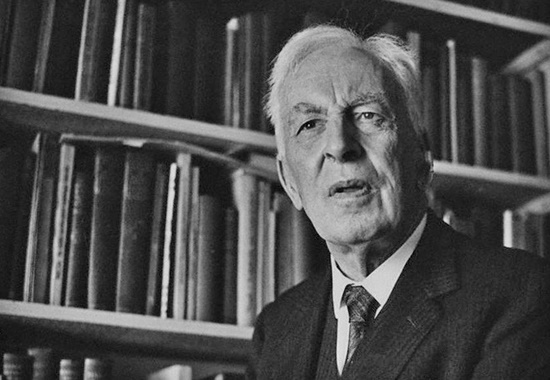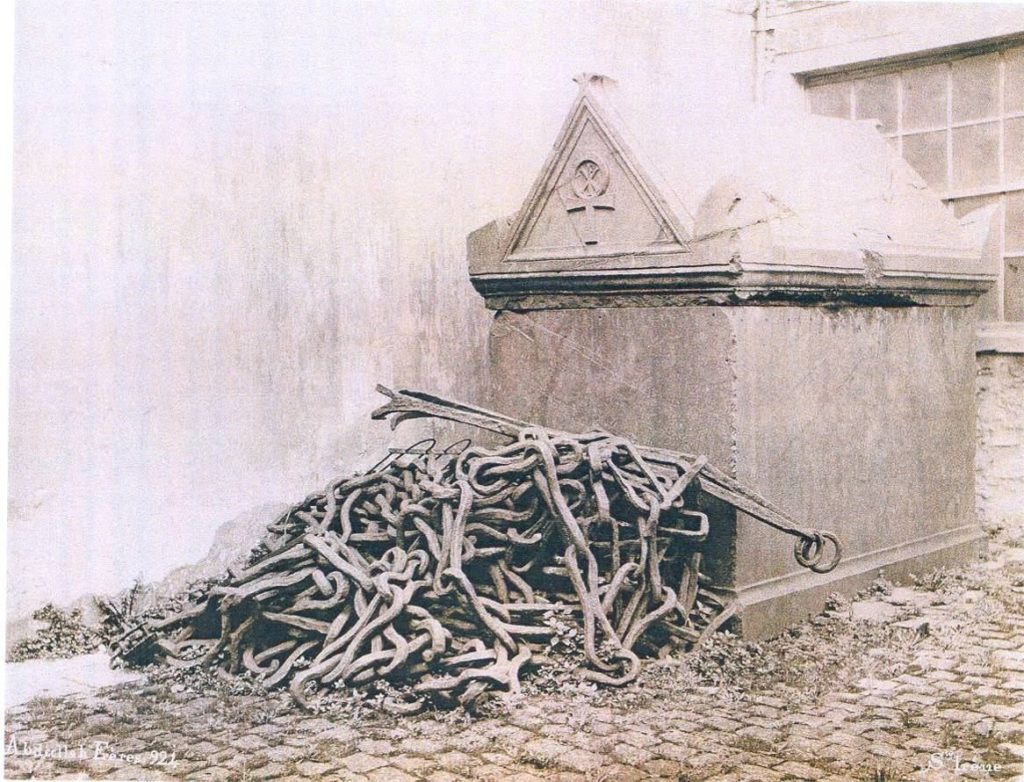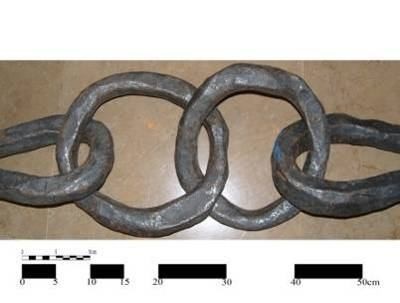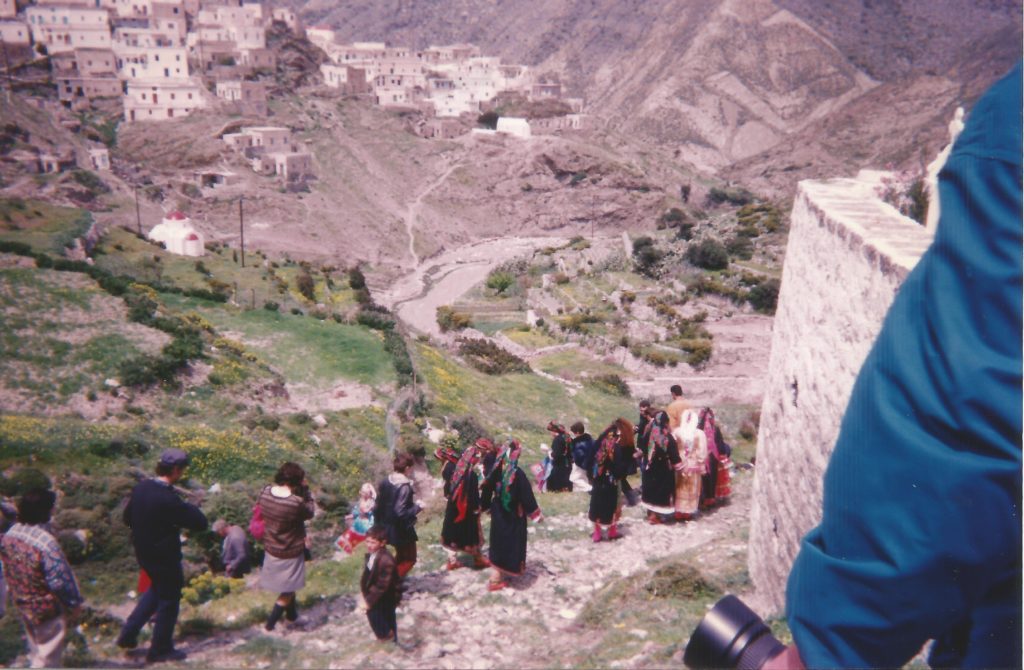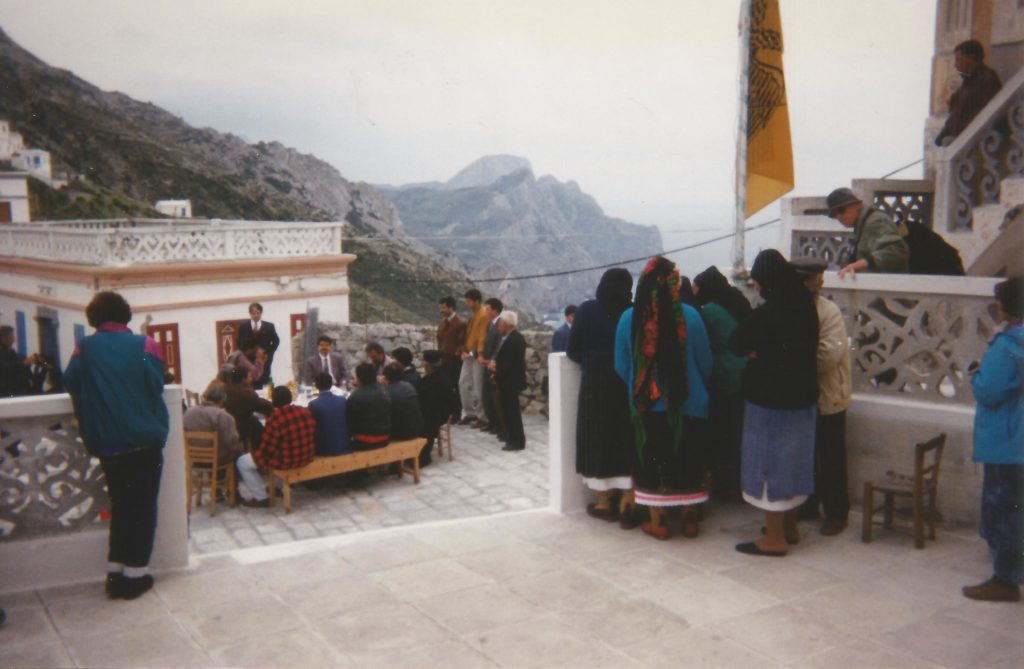Sun 27 Jan 2019
The Medieval evolvement
Posted by belisarius under Byzantine Essays
Comments Off on The Medieval evolvement
Old textbooks once said that the Roman Empire, and with it the classical paradigm, ended in 476 CE (AD) with the deposition of the last Western Roman emperor by the Gothic ruler Odoacer. Historians have not accepted that for a hundred years but what they do say varies a bit from scholar to scholar. It is necessary before anything else to ask what was classical and then what happened to it, and why, and most important, was it an entirely bad thing? Once the answer to the last question was the descent of Europe into the “Dark Ages,” a long period of ignorance and brutality with little to redeem it. But that is no longer thought to be so. It is not wrong to ask the lay opinion here. What does the man in the street mean by classical?
Greek and Roman temples scattered all over the landscape for one thing. Though there were architectural differences the similarity is more obvious than the differences. Likewise the gods who were worshiped in those temples. Five centuries before the “fall” of the Roman Empire the Italians had taken over the Greek myths about their gods while retaining their own names for them. Thus Roman Venus is the Greek Aphrodite. The Greek Zeus is Rome’s Jupiter; and Greece’s Eros lives on today – however debased – by his Roman name of cupid. Whatever the names, the form of religion and its purpose remained much the same. At the temples professional priests would offer sacrifices to the gods: Jupiter, Athena, and the like for the good of the state as a whole and protection from disasters like earthquakes and widespread crop failures. This is not entirely different from Japan where Shinto priests are most often to be seen performing formal rites whilst personal holiness is emphasized by Buddhist monks. For what we would call personal piety each Roman home had a hearth-fire where the family would share its blessings and problems with their household gods and with their ancestors, not making much distinction between the two.
Galleys of the Roman navy protected merchantmen against piracy throughout the Mediterranean and even in the Black Sea and the Red Sea. East Roman (or Byzantine) sea power was not entirely eclipsed until the last centuries of the Eastern Empire, long after the classical age. On land the layman’s image of the classical world insists on legions of Roman infantry marching over the great roads of the empire holding Germanic invaders in check at their frontier. Byzantine cavalry did the same with Slavic invaders throughout the Middle Ages.
Soldiers built those roads and rowed the galleys but otherwise the classical world, both Greek and Roman, relied on hordes of slaves to do the work. This was seen as so cheap and natural that it probably hindered technological innovation. Greece knew the potential of steam but didn’t use it. Rome knew the waterwheel but seems to have made little use of it. What little use they did make was of the overshot wheel. It was not until the “Dark Ages” that the superiority of the undershot was recognized. A Roman household slave might be well treated but need not be and he dared not forget it. Those who labored building the temples or farming, or digging in mines could hardly ignore the fact that they were chattel, hardly human, easily replaceable, and worth no more than some beloved cow. Some have said that Rome’s near constant warring was little more than slave raids. Of course, given a chance its enemies did the same.
A moment’s reflection stirs up thoughts of the brutality that history rightly attributes to antiquity generally and particularly Rome. Crucifixion of course, and the “games” held in amphitheaters throughout the empire for entertainment as well as punishment. A very important omission from a list of Roman private and public virtues is caritas: charity. A Roman could be charitable but he felt no moral obligation to be, especially to peoples beyond the frontiers still viewed today as simple unwashed and unshaven “barbarians.” To Edward Gibbon writing in the mid eighteenth century the “fall” was the “triumph of Christianity and barbarism.” He did not consider this to be a good thing. Nor was he alone. The Renaissance named the period between the “fall” in 476 and their own “enlightened” age as simply the Middle Ages hardly worthy of study; and of the earliest part as a stereotyped “Dark Age” about which they knew little and cared less.
What had, in fact, happened? The classical world evolved. Certainly the evolution could be negative but not always. In the Christian east secular learning took on a stilted style but continued. The lamp of secular learning nearly went out in the west but not because of Christianity alone. Truly the early saints usually had little interest in the philosophers of antiquity, or if they did, like St Augustine of Hippo, they felt guilty about it. But by Rome’s so-called golden age philosophical conversation had degenerated into the superstitious religion of neoplatonism. Of more immediate importance to Augustine and his era, Rome itself was under attack and both poor and wealthy looked for a secure afterlife as a counterbalance to a world that was falling apart. The pagan gods had failed the Romans. Christianity offered solace but so too did the cults of Mithra and Isis. The more intellectual imagined an afterlife of sorts in astral mysticism where an emperor might find himself deified if the Senate asked this of the gods. This had always been the issue with Christianity. The Roman state did not give a hoot if someone worshiped Jesus but it did if he forsook sacrifice to the other gods who might be offended that they were being ignored and who might therefore withdraw their protection – which was seen as happening.
So, the world was changing. In the still “classical” paradigm vapid philosophical conversation faded before the need for physical safety and the Roman army seemed unable to help. Long before the “fall” there was no true Roman army. Defense had been assigned to barbarian recruits and tribal foederati with citizens actually forbidden to serve. Put another way, though it still called itself Roman, that state and culture no longer existed well before the so called dark ages while the great republic which had created it was long gone since Augustus in the 1st century BC. Even the capital was no longer Rome in practice but wherever the emperor was at the time, usually with an army of foederati or near one, often in Ravenna on the Adriatic coast. This reality was recognized by Constantine I (The Great) who formalized a second base where Europe meets Asia on the Bosphorus: Constantinople, today’s Istanbul. From 330 to 476 AD there was a Western and a more important Eastern emperor, but still theoretically only one state even if the real power in the west was soon in the hands of Germanic king-makers.
Although an active urban life continued unabated in the Eastern Roman Empire during this late classical period, and the Mediterranean trade throughout both east and west, for some centuries in the western empire the provincial cities, now open to barbarian attack, declined. Safety was to be found in Jesus Christ and in some local warlord whom bands of aliens and local robbers might choose to avoid. Flight to the countryside was always strongest in the provinces. The cities of Italy itself continued to survive and some even thrived throughout the “Dark Ages.” A look at the very unclassical but beautiful mosaics throughout Rome and particularly in Ravenna shows a vigor that reflected a fresh and very active Christian paradigm; a paradigm adopted from the Romans by the now quite Romanized German “barbarians” who had assumed an Arian form of Christianity before they fell on their Christian brethren in Italy. If this was the triumph of Christianity it was not the cause. It was inevitable because of the decline of the Roman state. The old gods were long dead and their temples, filled with many columns and a few priests, were irrelevant to a fearful populace seeking words of consolation in what replaced them: beautiful basilicas which could accommodate large crowds were provided in large numbers by Constantine the Great likely under pressure from his mom, St. Helena.
If Christian charity and piety were as much an ideal as a reality in the late classical paradigm, they were at least that. One had to care how he treated a slave for you were both Christian. A rural lord thought of a peasant slave who shared the same communion service as more than chattel since he might one day need the peasant’s prayers and forgiveness to get into heaven. The ancient Romans had humiliated and executed captive kings, In the sixth century Justinian called them brother and set them up in comfortable estates. Even the status of women was boosted. How could it not be when Helena, innumerable female martyrs, and the Mother of God – herself a peasant woman – was as venerated as Jesus himself? Churches were beautiful, likely surpassing the largely deserted pagan temples in ornamentation. Pagan Rome had employed secular frescoes and mosaics; now they were at the heart of church decoration, intended to educate and impress the poor and illiterate whose souls must be saved whatever their human status.
In the countryside to which people fled for safety pagan learning was indeed no longer important. Civilization had taken a new tact. Classical learning seemed irrelevantly secular at best or demon inspired at worst. The scriptures and the lives (and myths) of the saints were to be emulated by rich and poor, freeman and slave alike. In the following centuries as courtiers living in cities became less important than warriors on provincial estates, even being able to read and write were seen as unimportant. There was little to read or write save record keeping and these tasks devolved on the clergy. The very word clerk is a variant of cleric. Wooden forts presumably provided shelter from raiders in these frontier lands of Christianity. The science of agriculture actually advanced beyond that of Rome. The heavy iron tipped wheeled plow was invented in the middle ages and the use of a collar made horses far more efficient farm animals than before. Medieval farmers developed crop rotation. If ancient theory had surpassed the medieval, the medieval was entirely practical.
But what of those marching legions? As noted above they had long since ceased to be Italians. Even the army leadership was in the hands of mounted German king-makers who were as devoted to the idea of empire as the Italian population. The legions were going away but the Gothic invaders had brought horses with them and it was cavalry devoted to their own warlord that dominated a late Roman battlefield. Yet even as late as 468 east and west could coordinate in an unsuccessful attempt to regain North Africa from the Vandals who had seized it. Together they floated a fleet of 1,113 ships with (reportedly) 50,000 men.
It was not until the ninth century that the idea of a single Christian and Roman empire was undermined. From Constantine until Charlemagne at least the idea of empire remained, though politically centered entirely on the surviving emperor (Greek Basilios) in Constantinople. After Charlemagne who was crowned Holy Roman Emperor in 800 AD the west was “Frankish,” the east was “Greek,” and what should have been the common enemy were Arab raiders. Monasteries were built on mountainsides to give protection to farmers while western power had already shifted away from the cities of Italy to warlords’ feudal estates in what were to become France and Germany. The battles were over Mediterranean islands and southern Italy. Unfortunately eastern and western Christianity failed to coordinate in the centuries-long wars with Arabia and in time Venice would pick up the pieces.
But is even this vision of the early Middle Ages entirely accurate or is it a west-euro-centric view descended from medieval Catholic clergy and Renaissance historians who hated everything “Greek” that had not come before the Christ? Certainly even in Italy study of the classics largely died away and old Rome itself shrank to little more than a village only elevated by the presence of the papal court. Yet western trade with the Greek and the Muslim east continued if not without near constant interruptions; and the Byzantine east still fielded large armies led by warrior emperors and a love for classical learning continued there. A substantial part of the Byzantine population were able to read and write and courtiers commented eruditely on scripture and the church fathers. Honest secular history was still written, often as not by monks, and recent archaeology on Cyprus has shown a network of roads connecting seacoast villages with interior settlements. In the supposed dark age Cypriot trade and manufacture continued with both Christian Constantinople and Muslim Egypt. All this the old textbooks simply ignored.
Europe evolved. Byzantium never acknowledged being anything other than the Roman Empire. North of Italy a ninth century breeze came in the person of Charlemagne. Charles’ stately cathedral at Aachen (Aix La Chapelle) still stands and reflects the emperor’s strength, will, and desire to emulate the buildings of he eastern empire. Truly the north was rebuilding where the Romans had left off or never even ventured. The church’s columns had to be imported from ruined buildings in Ravenna but this substantial job was done. If the Carolingian Renaissance did not immediately change Europe, the focus on fear and self sufficiency was replaced until the most conservative of historians would today be unlikely to refer to the Middle Ages as an entirely benighted time. The advance of Islam had been thwarted at Vienna in the east and Tours in the west. The Asian khans had ceased to be a threat. Stone fortresses replaced wooden shelters at first with a single tower and later with the beautiful castles that along with cathedrals we identify with the high middle ages. There was a willingness to consult secular Greek and Arab texts passed to western Europe through still Muslim Spain. By the 12th century universities began to flourish and with them a fresh regard for Aristotle.
